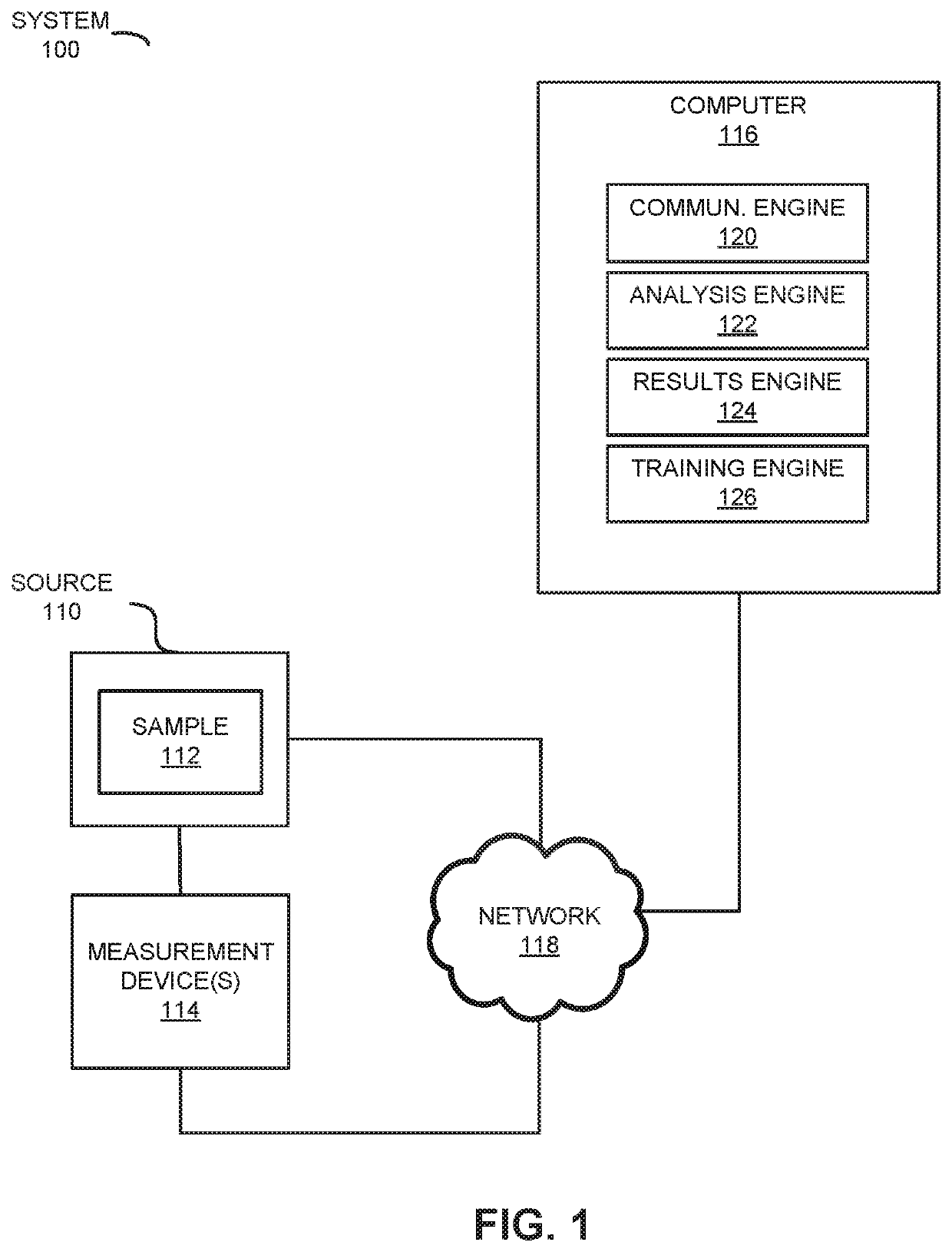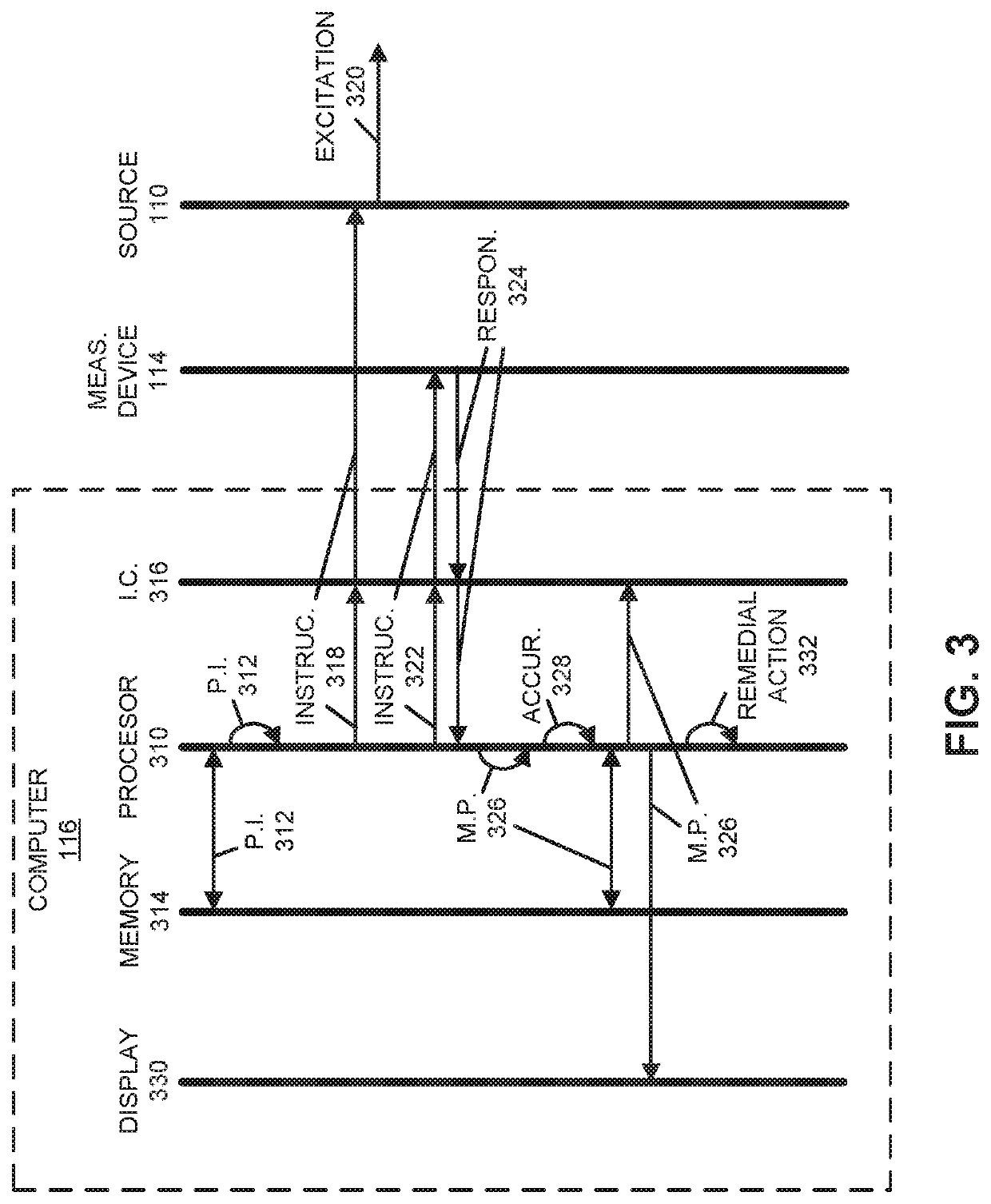Tensor field mapping with magnetostatic constraint
a technology of tensor field and constraint, applied in the field of determining model parameters, can solve the problems of increasing the cost of performing the characterization, reducing the user experience, and time-consuming characterization of the physical properties of the sample, and achieve the effect of reducing or eliminating artifacts
- Summary
- Abstract
- Description
- Claims
- Application Information
AI Technical Summary
Benefits of technology
Problems solved by technology
Method used
Image
Examples
Embodiment Construction
[0031]A system that determines model parameters associated with a sample is described. During operation, the system may measure, using a measurement device, a response associated with a sample to an excitation. Then, the system may compute, using the measured response and the excitation as inputs to one of an inverse model and a predetermined predictive model, model parameters on a voxel-by-voxel basis in a forward model with multiple voxels that represent the sample. The forward model may simulate response physics occurring within the sample to a given excitation, and the model parameters may include magnetic susceptibilities of the multiple voxels. Moreover, the system may determine an accuracy of the model parameters by comparing at least the measured response and a calculated predicted value of the response using the forward model, the model parameters and the excitation. When the accuracy exceeds a predefined value, the system may provide the model parameters as an output to: a...
PUM
 Login to View More
Login to View More Abstract
Description
Claims
Application Information
 Login to View More
Login to View More - R&D
- Intellectual Property
- Life Sciences
- Materials
- Tech Scout
- Unparalleled Data Quality
- Higher Quality Content
- 60% Fewer Hallucinations
Browse by: Latest US Patents, China's latest patents, Technical Efficacy Thesaurus, Application Domain, Technology Topic, Popular Technical Reports.
© 2025 PatSnap. All rights reserved.Legal|Privacy policy|Modern Slavery Act Transparency Statement|Sitemap|About US| Contact US: help@patsnap.com



